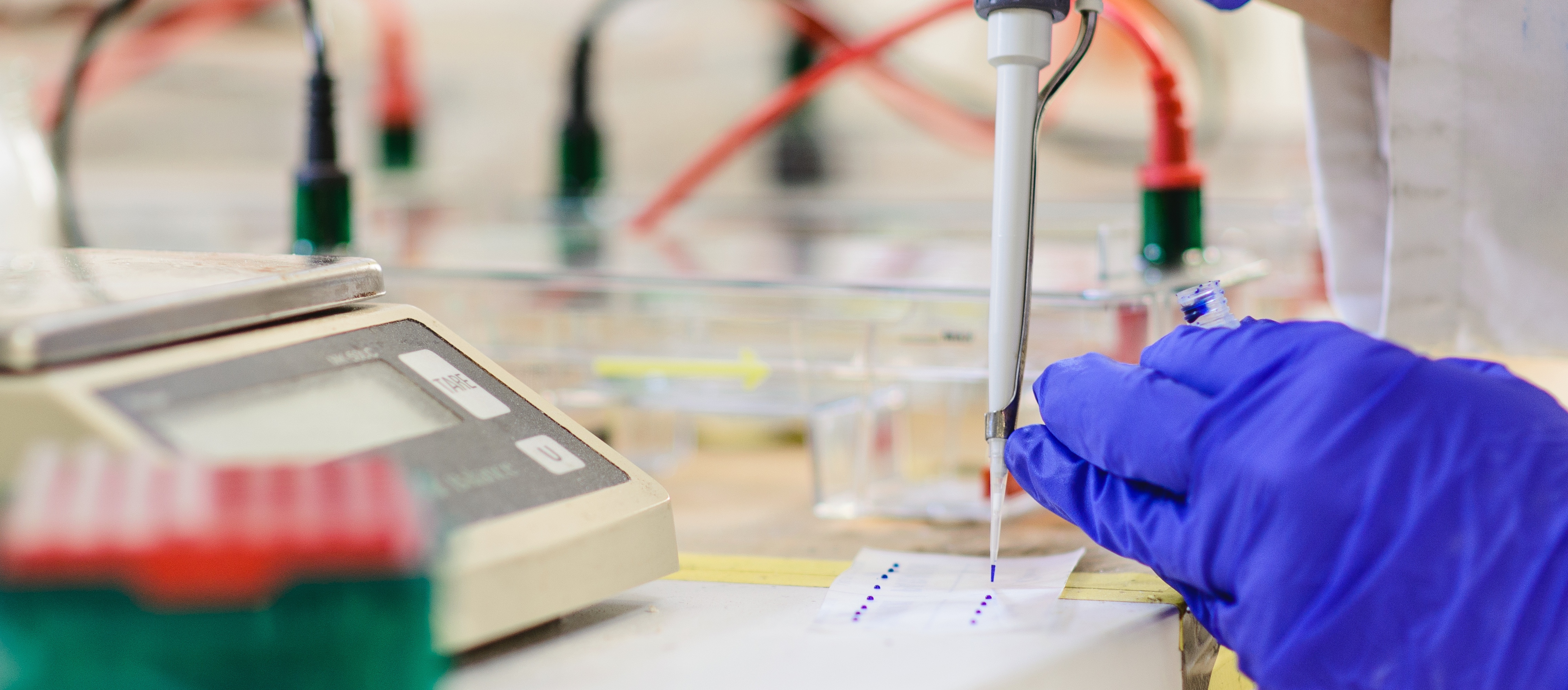Background: During periodontitis, tooth-supporting alveolar bone is resorbed when there is an increased expression of the pro-osteolytic factor termed receptor activator of nuclear factor κB ligand (RANKL), which is responsible for osteoclast differentiation and activation. In periodontitis-affected tissues, the imbalance between T-helper type-17 (Th17) and T-regulatory (Treg) lymphocyte activity favors this RANKL overexpression. In this context, immunotherapeutic strategies aimed at modulating this Th17/Treg imbalance could eventually arrest the RANKL-mediated alveolar bone loss. Boldine has been reported to protect from pathological bone loss during rheumatoid arthritis and osteoporosis, whose pathogenesis is associated with a Th17/Treg imbalance. However, the effect of boldine on alveolar bone resorption during periodontitis has not been elucidated yet. This study aimed to determine whether boldine inhibits alveolar bone resorption by modulating the Th17/Treg imbalance during periodontitis.
Methods: Mice with ligature-induced periodontitis were orally treated with boldine (10/20/40 mg/kg) for 15 consecutive days. Non-treated periodontitis-affected mice and non-ligated mice were used as controls. Alveolar bone loss was analyzed by micro-computed tomography and scanning electron microscopy. Osteoclasts were quantified by histological identification of tartrate-resistant acid phosphatase-positive cells. Production of RANKL and its competitive antagonist osteoprotegerin (OPG) were analyzed by ELISA, quantitative polymerase chain reaction (qPCR), and immunohistochemistry. The Th17 and Treg responses were analyzed by quantifying the T-cell frequency and number by flow cytometry. Also, the expression of their signature transcription factors and cytokines were quantified by qPCR.
Results: Boldine inhibited the alveolar bone resorption. Consistently, boldine caused a decrease in the osteoclast number and RANKL/OPG ratio in periodontal lesions. Besides, boldine reduced the Th17-lymphocyte detection and response and increased the Treg-lymphocyte detection and response in periodontitis-affected tissues.
Conclusion: Boldine, administered orally, inhibited the alveolar bone resorption and modulated the Th17/Treg imbalance during experimental periodontitis.








